
|
IN THIS PHOTO:
|
|
August 27, Monday is National Heroes Day (Regular Holiday)
article thumbnail |
| View Gallery |
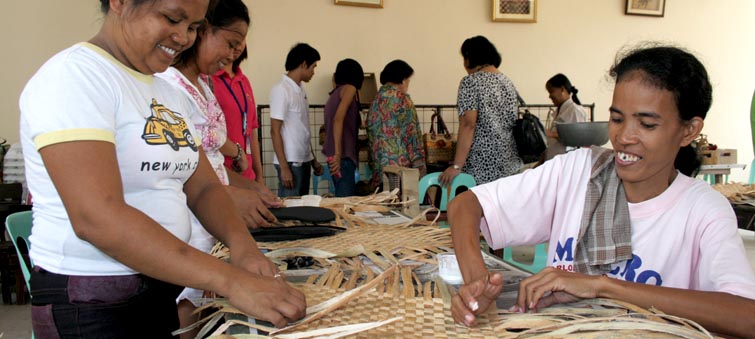
|
IN THIS PHOTO:
|
|
.
. |
| View Gallery |
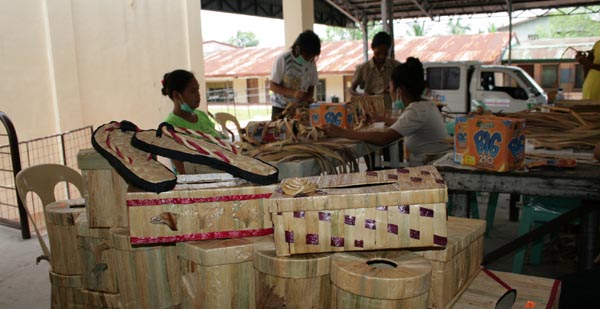
|
IN THIS PHOTO:
|
|
Today is the 162nd Birth Anniversary of Marcelo H. Del Pilar, August 30, 2012
article thumbnail |
| View Gallery |
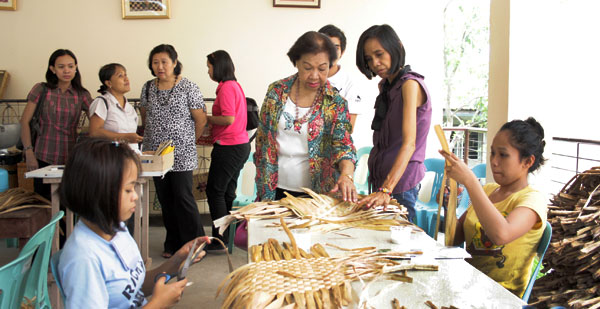
|
IN THIS PHOTO:
|
|
.
. |
| View Gallery |
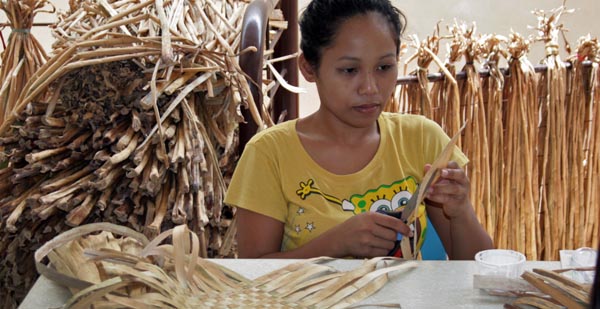
|
IN THIS PHOTO:
|
|
.
. |
| View Gallery |
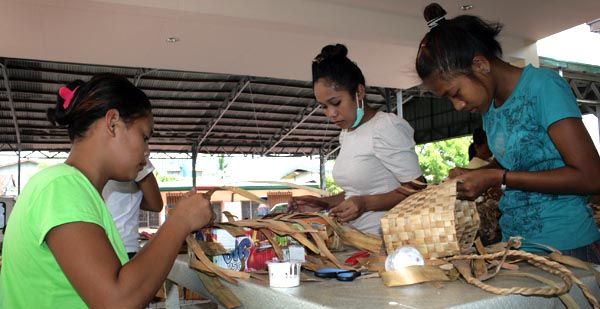
|
IN THIS PHOTO:
|
|
.
. |
| View Gallery |
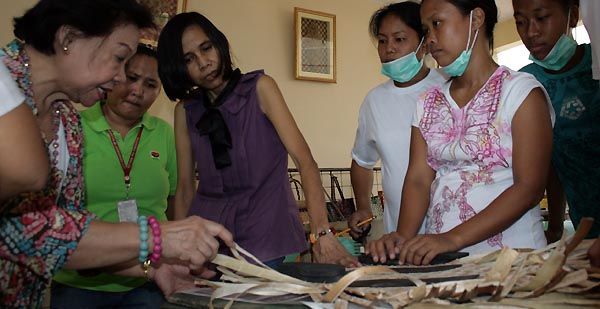
|
IN THIS PHOTO:
|
|
.
. |
| View Gallery |
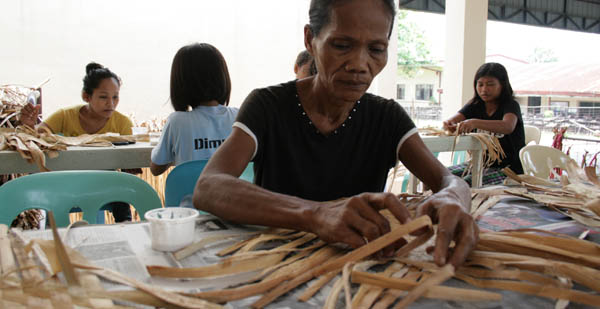
|
IN THIS PHOTO:
|
|
.
. |
| View Gallery |
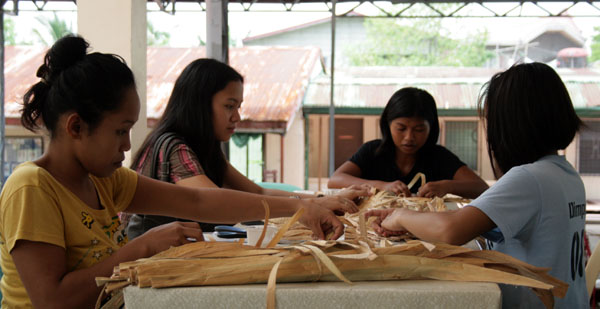
|
IN THIS PHOTO:
|
|
.
. |
| View Gallery |
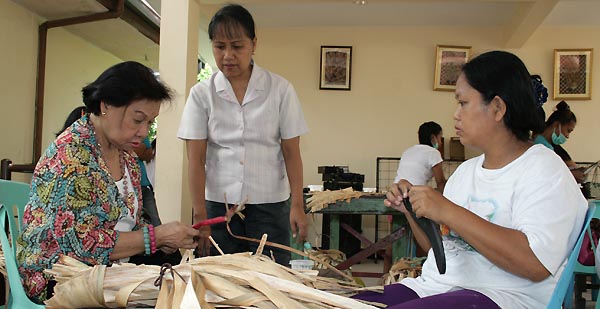
|
IN THIS PHOTO:
|
|
.
. |
| View Gallery |
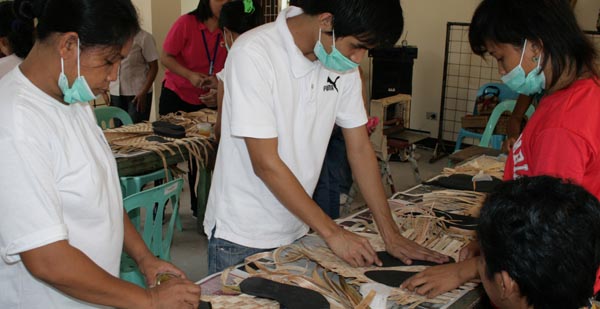
|
IN THIS PHOTO:
|
|
.
. |
| View Gallery |
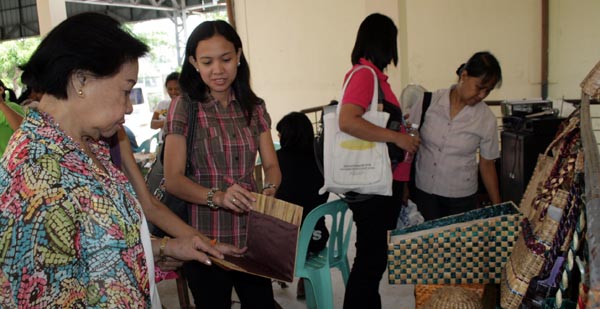
|
IN THIS PHOTO:
|
|
.
. |
| View Gallery |
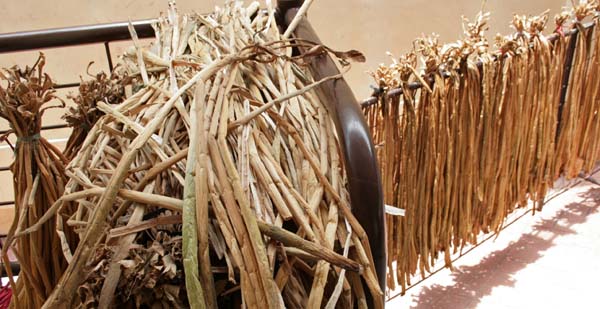

Valenzuelanos weaved their way through an innovative and creative means to generate alternative income in a four-day intensive livelihood training which taught them to turn water lilies into useful handicraft materials.
Under the supervision of Ms. Ofelia Sicabalo, an accredited Technical Education and Skills Development Authority(TESDA) trainer for the National Capital Region (NCR) and a resident of Barangay Isla, more than 30 residents of Barangay Coloong gathered at Coloong Elementary School last May 29 to June 1 to learn the stages of water lily processing and weaving.
Water lilies are flowering plants known to thrive in bodies of water, growing up to height of approximately 40 inches. While they also provide useful organisms to underwater life, they multiply rapidly and clog waterways, block drainage systems and cause floods. But these water lilies, once seen as aquatic nuisances at Tullahan River and cause for other bodies of water to overflow now have an alternative use.
As some barangays of Valenzuela are flood-prone areas due to geographical location, Mayor WIN Gatchalian, through the Special Projects Office headed by Ms. Dorothy Evangelista pushed through for projects on water lily that will give a win-win situation.
“This kind of livelihood project will not only eliminate the problem of water lilies affecting the drainage systems but will also generate alternative source of income that will rehabilitate the communities adversely affected,” Mayor WIN stressed.
Mrs. Belinda Manahan, former Undersecretary of Department of Social Welfare and Development (DSWD-NCR) and Executive Director of Philippines Good Works Mission Foundation is one of those who saw the potential income that water lily can provide. “I did not think twice in supporting and funding this kind of project because it gives a lot of benefits to the environment, as well as, providing jobs for the people,” she expressed.
Once harvested, stalks of water lilies are dried under the sun and then cured with a chemical solution. Dried stalks will be cut, bent around a wire frame, flattened or gone through welding. After which they will be weaved, trimmed, blow torched, applied with glue and varnished according to the desired finish.
Finish products include tissue holders, bags, slippers, baskets, floor mats, lamp holders, notebook covers and many others. These items are sold in the market with foreigners as the top buyers.
The monetary value that will be produced from the training will be given to the workers according to their output products.
 Latest News
Latest News Archive
Archive Category
Category

